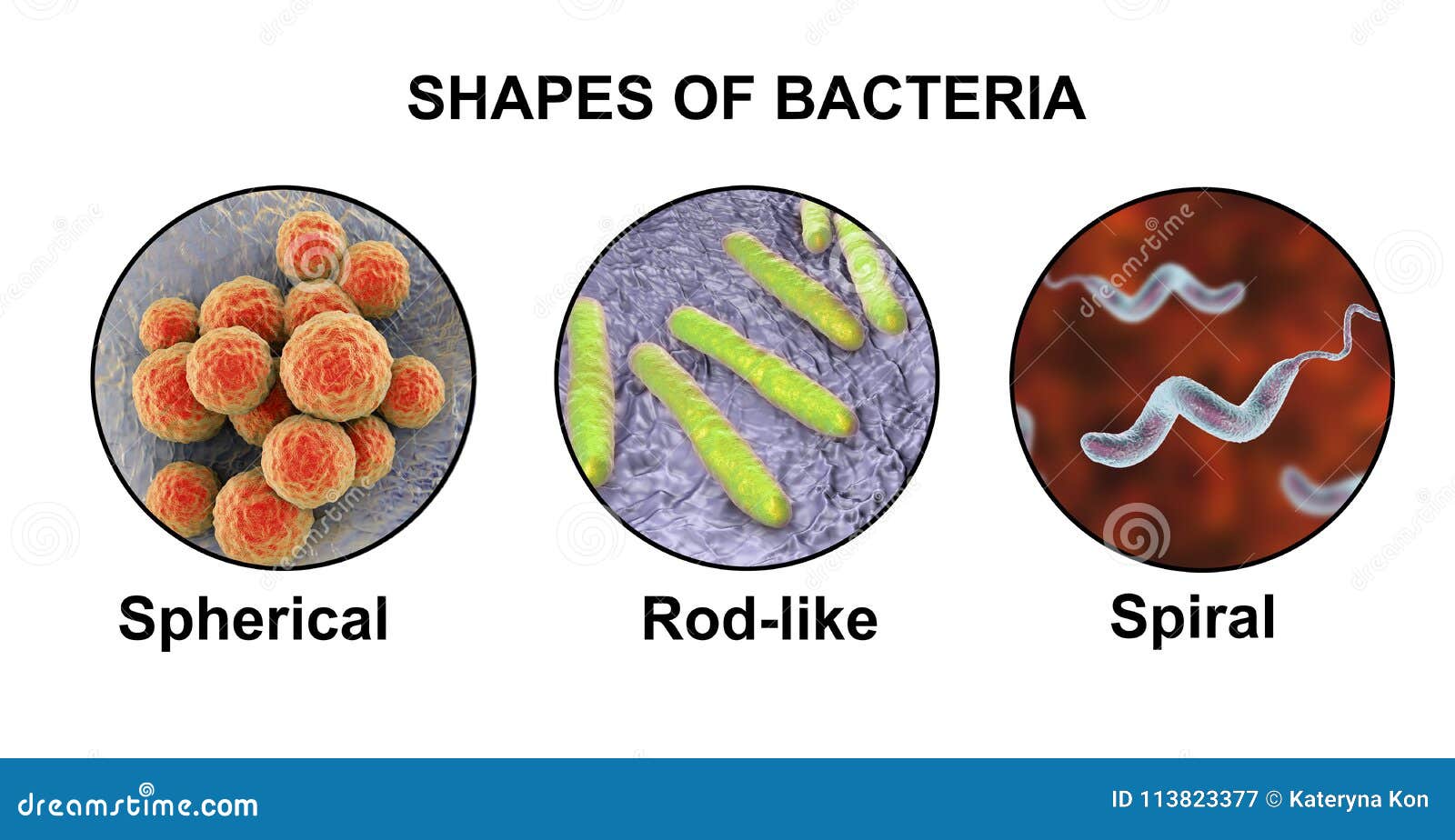

The cell wall has several other important properties: Lying between the outer-membrane layer and the cytoplasmic membrane in gram-negative bacteria is the periplasmic space, which is the site, in some species, of enzymes called β-lactamases that degrade penicillins and other β-lactam drugs. (2) In contrast, the gram-negative bacteria have a complex outer layer consisting of lipopolysaccharide, lipoprotein, and phospholipid.


Many gram-positive bacteria also have fibers of teichoic acid, which protrude outside the peptidoglycan, whereas gram-negative bacteria do not have teichoic acids. (1) The peptidoglycan layer is much thicker in gram-positive than in gram-negative bacteria. ( Reproduced with permission from Ingraham JL, Maaløe O, Neidhardt FC. Several important gram-positive bacteria, such as staphylococci and streptococci, have teichoic acids. Note also that only gram-negative bacteria have an outer membrane containing endotoxin (lipopolysaccharide ) and have a periplasmic space where β-lactamases are found. Note that the peptidoglycan in gram-positive bacteria is much thicker than in gram-negative bacteria. The longest bacteria rods are the size of some yeasts and human red blood cells (7 μm).įIGURE 2–4 Cell walls of gram-positive and gram-negative bacteria. The smallest bacteria ( Mycoplasma) are about the same size as the largest viruses (poxviruses) and are the smallest organisms capable of existing outside a host. The arrangement of rods and spirochetes is medically less important and is not described in this introductory chapter.īacteria range in size from about 0.2 to 5 μm ( Figure 2–2). These arrangements are determined by the orientation and degree of attachment of the bacteria at the time of cell division. For example, certain cocci occur in pairs ( diplococci), some in chains ( streptococci), and others in grapelike clusters ( staphylococci). In addition to their characteristic shapes, the arrangement of bacteria is important. Originally published by Appleton & Lange. ( Modified and reproduced with permission from Joklik WK et al. C: Spirochetes: relaxed coil (e.g., Borrelia C-1) tightly coiled (e.g., Treponema C-2). B: Rods (bacilli): with square ends (e.g., Bacillus B-1) with rounded ends (e.g., Salmonella B-2) club-shaped (e.g., Corynebacterium B-3) fusiform (e.g., Fusobacterium B-4) comma-shaped (e.g., Vibrio B-5). A: Cocci in clusters (e.g., Staphylococcus A-1) chains (e.g., Streptococcus A-2) in pairs with pointed ends (e.g., Streptococcus pneumoniae A-3) in pairs with kidney bean shape (e.g., Neisseria A-4).


 0 kommentar(er)
0 kommentar(er)
